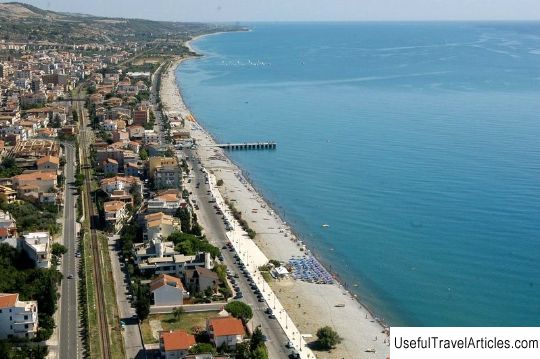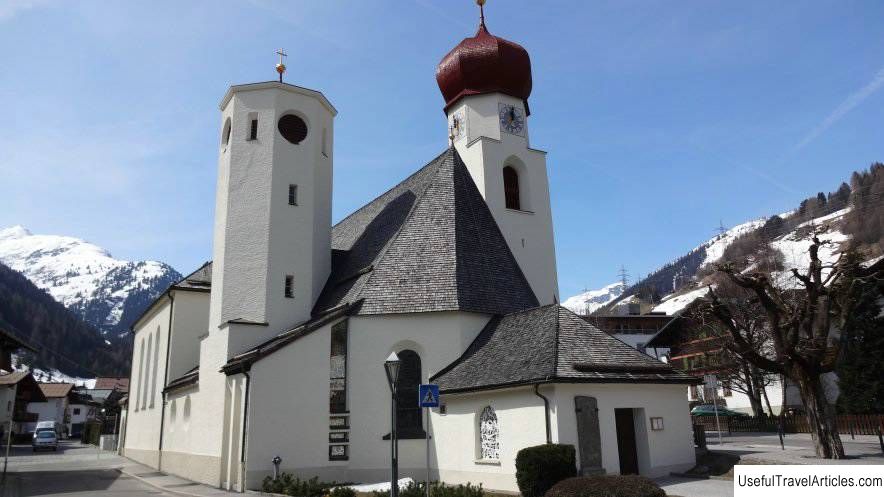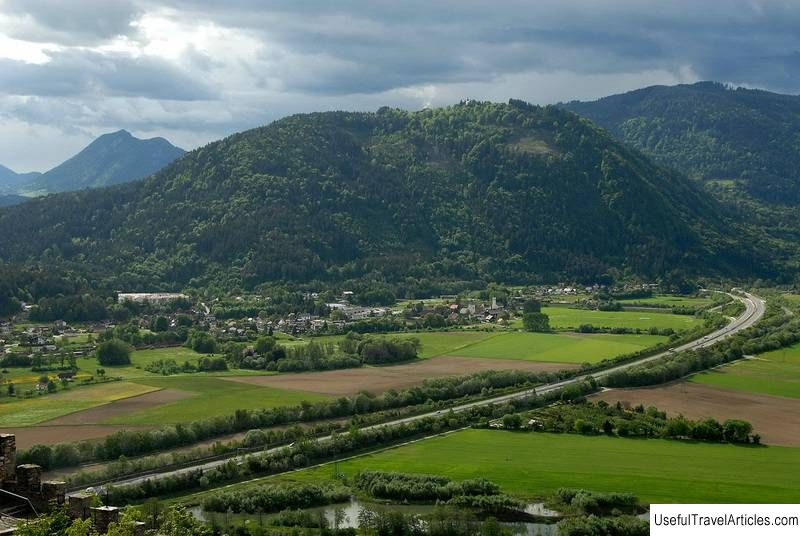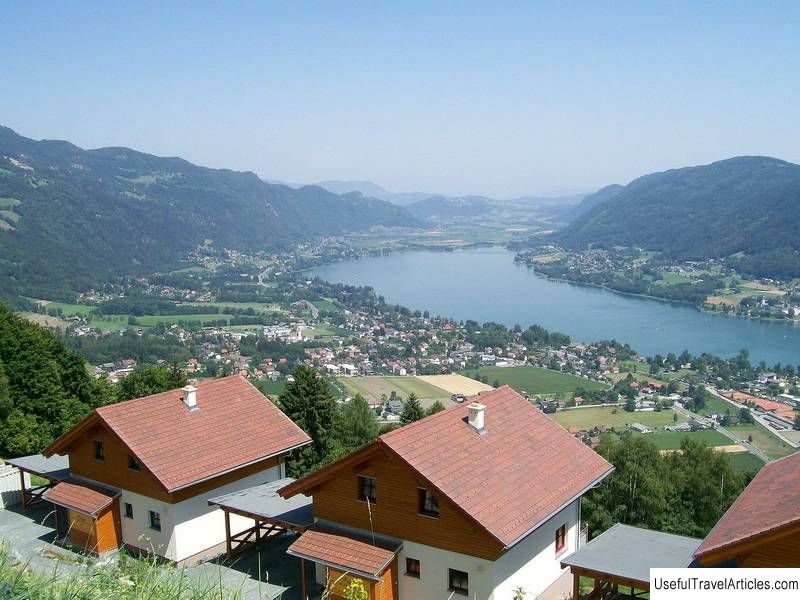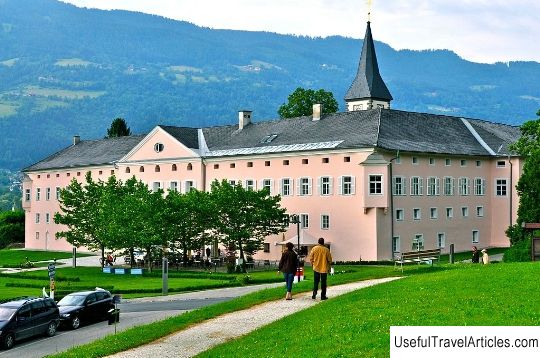Church of St. Anthony in Tauern (Filialkirche Heiliger Antonius) description and photos - Austria: Lake Ossiachersee
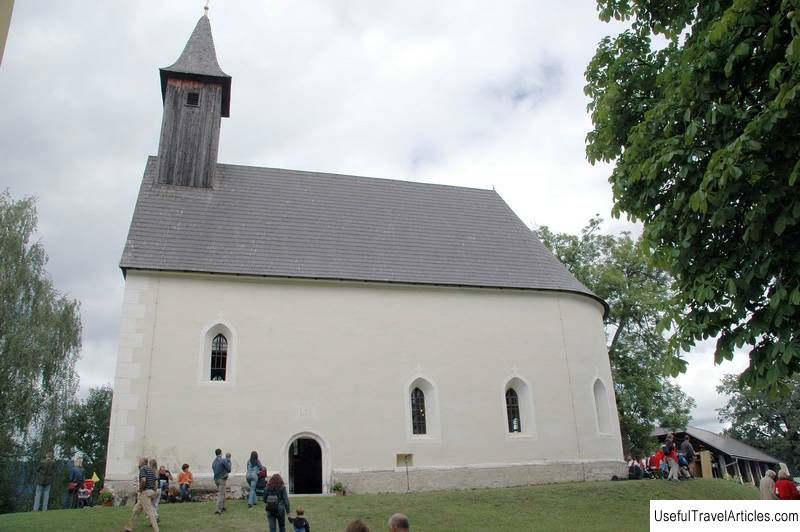
Church of St. Anthony in Tauern (Filialkirche Heiliger Antonius) description and photos - Austria: Lake Ossiachersee. Detailed information about the attraction. Description, photographs and a map showing the nearest significant objects. The title in English is Filialkirche Heiliger Antonius. Photo and descriptionThe village of Tauern, with only 14 inhabitants, is part of the municipality of Ossiach in Carinthia. It is located at an altitude of 926 meters above sea level. This village forgotten by God would never have come to the attention of tourists, if not for its main attraction - the Church of St. Anthony. This is the only temple on the Ossiachersee lake that has survived from the past. All other churches were destroyed long ago due to the unstable, swampy soil near the lake. The Church of St. Anthony was first mentioned in 1290 as the Temple of St. Thomas. Scientists suggest that Saint Thomas was the patron saint of the church for a long time. This is evidenced by the images of this saint in the interior of the temple. Consecration in honor of St. Anthony was probably performed only in the second half of the 19th century. In 1519, on the site of the old church, with the support of Master Johannes, a new sacral building in the late Gothic style was built. At the beginning of the 17th century, the church underwent a reconstruction led by Abbot Caspar Rainer. The facades of the temple acquired baroque features, but the western and southern portals of the church retained their semicircular Romanesque arches. The dominant feature of the Church of St. Anthony is a small slender turret crowned with a pyramidal dome. The round apse also attracts attention. The main altar of the temple, on the altar image of which St. Anthony with the Child Jesus is depicted, was created by the master Sebastian Starnberg. Several large 17th century paintings on religious themes have survived in the nave. In 1519, on the site of the old church, with the support of Master Johannes, a new sacral building was built in the late Gothic style. At the beginning of the 17th century, the church underwent a reconstruction led by Abbot Caspar Rainer. The facades of the temple acquired baroque features, but the western and southern portals of the church retained their semicircular Romanesque arches. The dominant feature of the Church of St. Anthony is a small slender turret crowned with a pyramidal dome. The round apse also attracts attention.The main altar of the temple, on the altar image of which St. Anthony with the Child Jesus is depicted, was created by the master Sebastian Starnberg. Several large 17th century paintings on religious themes have survived in the nave. In 1519, on the site of the old church, with the support of Master Johannes, a new sacral building was built in the late Gothic style. At the beginning of the 17th century, the church underwent a reconstruction led by Abbot Kaspar Rainer. The facades of the temple acquired baroque features, but the western and southern portals of the church retained their semicircular Romanesque arches. The dominant feature of the Church of St. Anthony is a small slender turret crowned with a pyramidal dome. The round apse also attracts attention.The main altar of the temple, on the altar image of which St. Anthony with the Child Jesus is depicted, was created by the master Sebastian Starnberg. Several large 17th century paintings on religious themes have survived in the nave. At the beginning of the 17th century, the church underwent a reconstruction led by Abbot Caspar Rainer. The facades of the temple acquired baroque features, but the western and southern portals of the church retained their semicircular Romanesque arches. The dominant feature of the Church of St. Anthony is a small slender turret crowned with a pyramidal dome. The round apse also attracts attention.The main altar of the temple, on the altar image of which St. Anthony and the Child Jesus is depicted, was created by the master Sebastian Starnberg. Several large 17th century paintings on religious themes have survived in the nave. At the beginning of the 17th century, the church underwent a reconstruction led by Abbot Kaspar Rainer. The facades of the temple acquired baroque features, but the western and southern portals of the church retained their semicircular Romanesque arches. The dominant feature of the Church of St. Anthony is a small slender turret crowned with a pyramidal dome. The round apse also attracts attention.The main altar of the temple, on the altar image of which St. Anthony with the Child Jesus is depicted, was created by the master Sebastian Starnberg. Several large 17th century paintings on religious themes have survived in the nave. crowned with a pyramidal dome. The round apse also attracts attention.The main altar of the temple, on the altar image of which St. Anthony with the Child Jesus is depicted, was created by the master Sebastian Starnberg. Several large 17th century paintings on religious themes have survived in the nave. crowned with a pyramidal dome. The round apse also attracts attention.The main altar of the temple, on the altar image of which St. Anthony with the Child Jesus is depicted, was created by the master Sebastian Starnberg. Several large 17th century paintings on religious themes have survived in the nave.     We also recommend reading Smolny Cathedral description and photos - Russia - St. Petersburg: St. Petersburg Topic: Church of St. Anthony in Tauern (Filialkirche Heiliger Antonius) description and photos - Austria: Lake Ossiachersee. |
